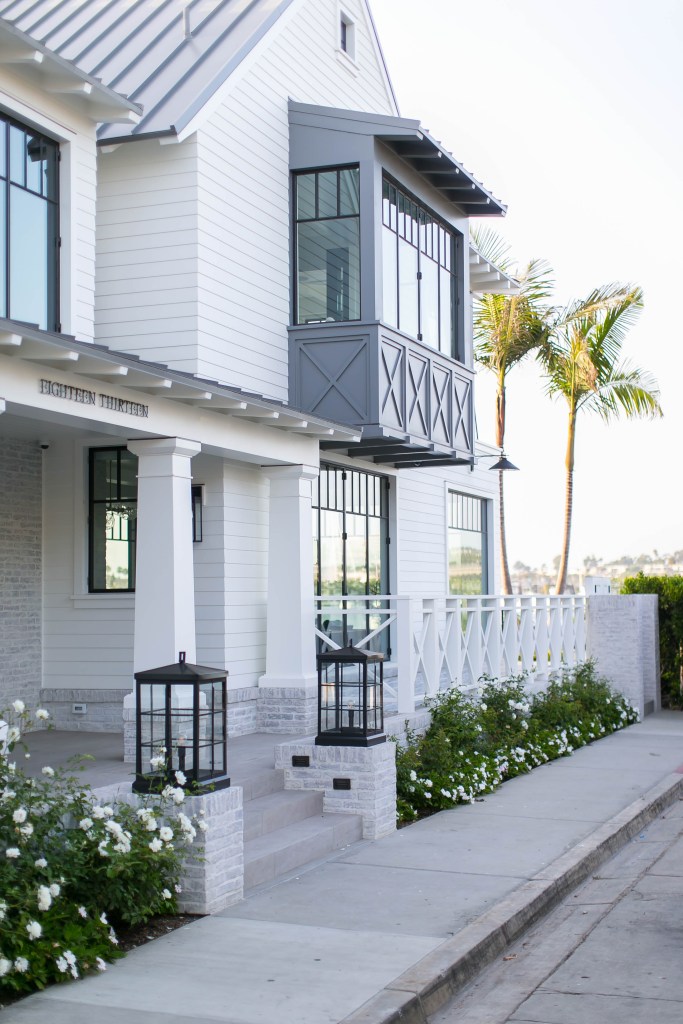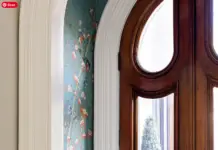It’s tricky to calculate when your home potentially requires a roof fix because that isn’t something you keep an eye on every day. With so many other things on your mind, it’s easy to overlook roof maintenance – but missing to do so might cause problems.
It is recommended to inspect your roof at least two times a year for indicators of deterioration. Then, you’ll be able to conduct the required repairs or, if needed, replace your roof. Early identification of problems may save you a lot of time and, ultimately, money – but it can also save you from risky situations.

There are a few obvious signs you should consider making this investment as soon and possible – see if you’ve spotted any.
Leakage
Noticing water within your home is an apparent sign you need a roof repair. Examine your attic regularly, particularly after a rainfall or if you see an ice blockage hanging from your roof rims. Look for evidence of moisture in your house because large breaches are most likely to begin there. Bear in mind that water can travel great lengths from the source to where it manifests – for example, over beams and within walls.
When the snow melts on the roof, it flows downwards to the overhang and freezes. As additional water runs down and hits the ice formation, it may run up and underneath the tiles, triggering the roof deck leakage.
Fixing such an issue may not require a complete roof replacement. For example, some shingles may have flown off, or flashing may have ripped apart, leaving the base unprotected. Nevertheless, you should have it looked out and fixed as soon as possible before it becomes more expensive to repair or requires a total replacement.
Light Beams

Make it a practice to turn off the lights in the higher areas of your house and occasionally gaze up at the ceiling. The ideal time for this activity is sunset, when it will be gloomy enough inside but bright enough outside to see the light flowing in.
If you spot rays of light coming through, it’s an indication your roof needs some fixing – it may have fractures or missing tiles. Next, scan the outside of your house. If you notice anything unusual, it’s time to call a professional, such as Mighty Dog Roofing, to inspect your roof thoroughly. If beams of light can find their way to your house, so can other things. For example, several roof holes can allow pests to enter your home or cause a flood.
Roof Age
According to most professionals, an average roof will withstand between 20 and 25 years. The lifespan of your roof depends on the materials used, the way it was built, and how you look after it. One of the factors is also whether the previous top was eliminated and there is only one layer of tiles, as well as if it is adequately ventilated. If your current roof was put over another layer or multiple layers and is more than 20 years old, you’ll probably need a new one.
Furthermore, if your roof is regularly blasted with hail, it will not survive as long as a roof that receives a little rain now and then.
Mold, Moss, and Fungi

Growth on ceilings and walls might indicate a leaking roof, condensation issues, or even basic piping trouble. Make sure your cushioning is bulletproof, your house has needed airflow, and your bathroom infrastructure isn’t dripping. Such issues may be less expensive to fix than a roof replacement.
If you spot growth here and there, use a stiff brush to remove it from your roof’s shadowed corners, but be sure to treat any underlying issues. In addition to leaving unsightly stains and suggesting potential roof damage, mold and fungi can harm house air quality and your family’s health. Get to the bottom of the problem as quickly as possible.
Loose Tiles
Tiles begin to degrade as they age. Curling edges are the typical indicator that wooden and asphalt tiles have reached the end of their lives and will probably start falling off soon. Take a quick scan for lost shingles. If you determine they are not the result of underlying damage, you can employ a professional to repair the missing ones. It won’t be a complicated job, as you’re not putting an entirely new roof. Furthermore, if there are deeper problems with your roof, such as improper installation or damage to the overall structure, you may need to replace it.
Summary
Think about the long-lasting investment when deciding whether a new roof or merely a repair is the best option for you. Given that your roof serves as the first line of defense against most of what Mother Nature will throw at your home, paying a little more now can save you money in years to come.
In terms of your roof, an ounce of prevention is worth a pound of cure.
Thanks to allstateroofingnm.net for consulting on this post.


























